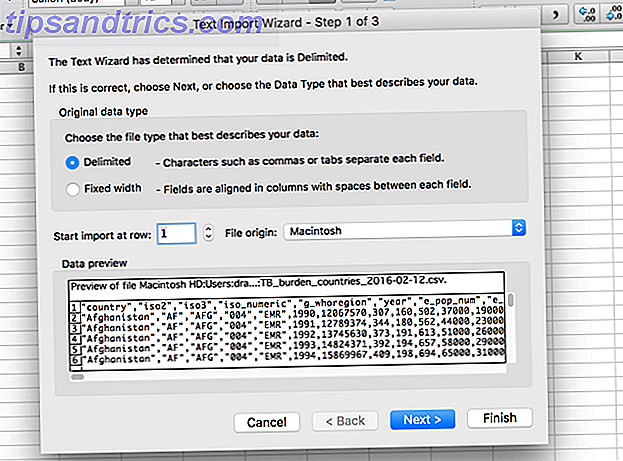


In this tutorial, we showed you two ways to convert and open a Text file in Excel.Ī third method could be by using online tools like Online2pdf, but we did not dwell too much on this because Excel’s Text Import Wizard provides much more flexibility, allowing you to adjust your data, and format them exactly how you want them. While this method to open the Text file directly in Excel works well, the benefit of using the first method (using Text Import Wizard) allows you to make some adjustments even before getting the data in Excel. Once the file opens, if you still find some of the columns (or individual cells) not converted to your required format, you can convert them manually. To use the Text Import Wizard, select the Data tab, followed by ‘ From Text’ (which you will find under the ‘Get External Data’ group. This wizard scans your text file and ensures that the data in the file is imported the way you want. If you have a spreadsheet open in Excel and want to import the contents of a Text file at a specific area of your spreadsheet, the Text Import Wizard might be the best way to go. Method 1: Using the Text Import Wizard to Convert a Text File to Excel Let us look at two ways in which we can convert a Text file (.
EXCEL TEXT IMPORT WIZARD HOW TO
Let’s see how to do that! How to Convert a Text File to Excel Thankfully, you can easily open text files in Microsoft Excel and then further work on it. These files are identified with the ‘.txt’ extension and can be opened in any text editor, like Notepad or word processor, like Microsoft Word.īut in many cases, you can have data in a text file that you need to open in Excel and analyze there. Method 2: Opening a Text File Directly in ExcelĪ Text file is one that contains text with no special formatting (as in bold, italic, images, etc.).I can do it manually each time with the Text Import Wizard, bu. I need to import them into Excel but Excel doesn't perfectly pick up the columns. Method 1: Using the Text Import Wizard to Convert a Text File to Excel I receive files on occasion in a fixed width format.Then I go back to 'Data' -> 'Connections' -> 'Properties' -> 'Definition' Tab -> 'Edit Query' then reset to start at row 1 and click finish and it worked. I want the header information but I first set up the import stating at row 7, set the import type for each column and run. WORKAROUND SOLUTION (BTW: "Using Excel 2010") Even more strangly it has successfully done it on one of the. TXT files before and Excel has picked up the table header row without problems but for some reason it is now having trouble on this file. I've done the same plenty of times with these MYOB. It is treating the MYOB account codes as dates which is causing no end of headaches. Because words in our example are separated by spaces, select the Space check box. After the window Text to Columns Wizard will appear, choose the Delimited radio button. Next, go to DATA > Data Tools > Text to Columns. You're going to use Excel's built-in tool, the 'Text Import Wizard', to make the process fast and easy. The same is possible from specialized programs (financial, accounting, manufacturing, etc.) because they store the data in a database. Learn how to import a CSV file into Excel. On the Import Wizard it is only showing me two columns (which matches the document header information in the equivalent of A1 and B1) so I can't set the third column to "TEXT" instead of "GENERAL". To split this data, first, you need to select cells from B3 to B6. Data can be extracted from 99 of the databases. It has some document header information in the first six rows then the table header and the data. I have a related problem and I have discovered a work around solution.


 0 kommentar(er)
0 kommentar(er)
